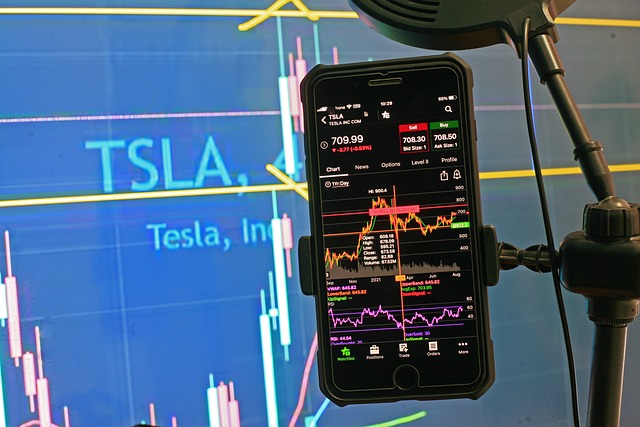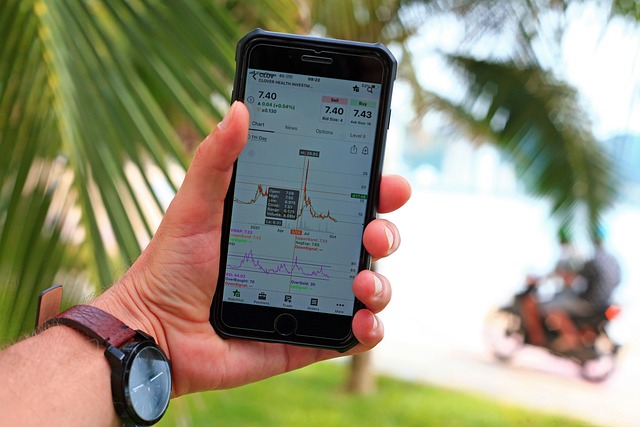A Beginner’s Guide to Global Investing
In today’s increasingly interconnected world, the concept of investing has evolved beyond local and national boundaries. Global investing offers unique opportunities and challenges. This guide seeks to illuminate the path for beginners who wish to broaden their investment horizons and delve into the exciting arena of global markets.
Understanding Global Investing
Global investing refers to the practice of purchasing assets in multiple countries or regions, diversifying one’s portfolio beyond local stocks to include companies and funds that engage in international markets. This diversification serves two primary purposes: mitigating risk and capitalizing on growth opportunities that may not be present in the investor’s home country.
The Importance of Diversification
One of the core tenets of investing is diversification. Relying solely on domestic markets can expose investors to economic risks, geopolitical issues, and currency fluctuations. By investing across different regions, you can spread risk and potentially enhance returns. Different countries and economies perform differently at various times, influenced by factors like economic conditions, political stability, and market trends.
Benefits of Global Investing
- Access to Emerging Markets: Many emerging economies offer high growth potential that may not be available in developed markets. Countries like India, Brazil, and China present substantial investment opportunities.
- Currency Diversification: Investing in foreign assets allows you to benefit from fluctuations in currency exchange rates. A well-timed investment might yield additional profit through currency appreciation.
- Broader Investment Choices: Global investing opens doors to a much wider array of companies, industries, and sectors, allowing for more tailored investment strategies to meet your goals.
- Reduced Volatility: Global markets often move independently due to varying economic factors, creating a cushion against local downturns by potentially offsetting losses in one area with gains in another.
Finding the Right Markets
Before taking the plunge into global investing, it’s crucial to understand where to invest. Here are a few critical considerations:
Researching International Markets
When researching international markets, consider factors such as:
- Economic Indicators: Look at GDP growth rates, unemployment levels, inflation rates, and consumer spending habits to gauge the health of a country’s economy.
- Political Stability: The risk of regime changes, civil unrest, or other geopolitical factors can dramatically impact market performance and should be evaluated.
- Regulatory Environment: Understanding a country’s regulations concerning foreign investments can help identify opportunities and potential pitfalls.
- Market Entry Barriers: The ease with which foreign investors can enter local markets can vary, influencing your ability to invest effectively.
Types of Markets to Consider
Investors can consider various types of markets for their global investing strategy:
- Developed Markets: Countries with stable economies, such as the United States, Canada, Germany, and Japan, generally offer lower risks but may provide lower growth potential.
- Emerging Markets: Nations that are in a transitional phase towards becoming developed markets, such as Vietnam, Nigeria, and Mexico, often present higher risks but can yield significant returns.
- Frontier Markets: Economies that are less developed than emerging markets present investment possibilities that can be quite volatile, yet also come with high potential rewards.
Investment Vehicles for Global Investing
There are several ways to engage in global investing without the need for deep market knowledge or the risk of selecting individual stocks. Here are some popular investment vehicles available to global investors:
Mutual Funds and Exchange-Traded Funds (ETFs)
Both mutual funds and ETFs allow investors to pool their money into a diversified portfolio of global investments. They are managed by professionals who analyze the best opportunities. ETFs tend to have lower fees and offer more liquidity than mutual funds, making them an attractive option.
Direct Foreign Investments
Investors can also purchase shares directly in foreign companies through various brokerage platforms that offer international trading. This method requires more research and due diligence but can result in higher rewards if the right companies are chosen.
Global Bonds
Foreign bonds, including government and corporate bonds, provide income through interest payments and are another way to participate in global investing. They can offer higher yields than domestic bonds but may carry additional currency and default risks.
Understanding Risks in Global Investing
While global investing can be rewarding, it is essential to recognize and manage the inherent risks involved:
Currency Risk
Currency fluctuations can significantly affect the returns on your investments. A strong dollar may decrease the value of foreign investments while a weak dollar may increase their appeal.
Political and Economic Risks
The health of a foreign economy can dramatically affect the companies within that market. Changes in government policies, regulations, and political instability can lead to increased risks.
Market Accessibility
Some markets may be more challenging to access due to regulations or lack of availability of foreign institutional investors. It is crucial to understand the market structure before investing.
Liquidity Risk
Investments in certain international markets may pose liquidity issues, as buying and selling assets can be more challenging compared to more robust domestic markets.
Developing a Global Investment Strategy
To embark on a successful journey into global investing, it is essential to have a solid investment strategy:
Set Clear Goals
Establish what you want to achieve with your global investments, whether it be capital appreciation, income generation, or diversification to mitigate risk.
Determine Investment Horizons
Investing globally could be short-term or long-term, each requiring different research and strategies. Decide on the time frame that aligns with your financial goals and risk tolerance.
Assess Your Risk Tolerance
Your risk capacity and willingness to accept volatility and uncertainty will play a significant role in how you choose to allocate capital across different regions and sectors.
Stay Informed
Keep abreast of global economic news, trends, and changes that may impact your investments. Regularly reviewing your investment strategy and making timely adjustments will help maximize your global investing benefits.
Final Thoughts
Global investing opens a wealth of opportunities for those willing to explore and understand international markets. While it comes with risks, the potential for significant returns and portfolio diversification is appealing for many investors. By educating yourself on the various markets, investment options, and risks, and developing a well-informed strategy tailored to your financial goals, you can tap into the exciting world of global investing.
Remember that successful investing requires time, patience, and commitment to continuous learning. With a thoughtful approach and curiosity about the world market, you can navigate the complexities of global investing and make informed decisions that enhance your financial future.


